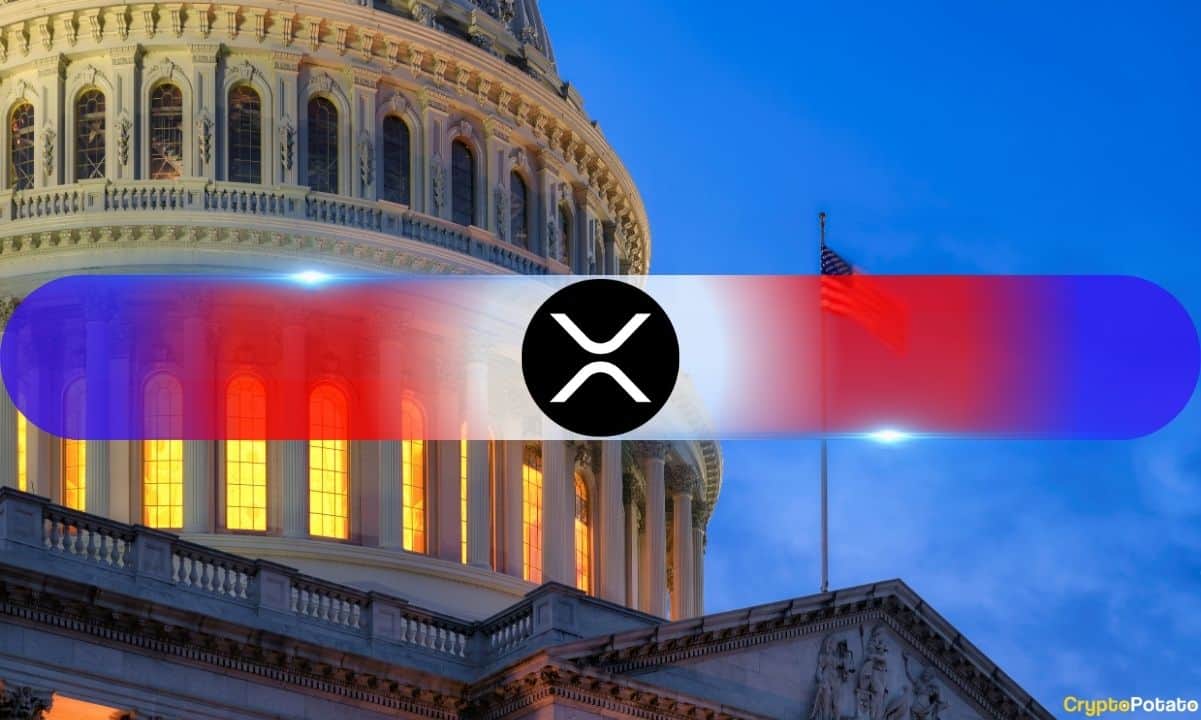
The bill gives the CFTC authority over digital commodity spot markets, separating it from the jurisdiction of the SEC.
A new bipartisan discussion draft from the US Senate Agriculture Committee, released on November 10, proposes a clear regulatory framework for digital assets.
The legislation could formally place XRP and other major cryptocurrencies under the Commodity Futures Trading Commission’s (CFTC) oversight as a commodity, a move that could have significant consequences for Ripple and the broader crypto market.
A path to legal clarity
The proposed bill, crafted by Chairman John Boozman (R-AR) and Sen. Cory Booker (D-NJ), grants the CFTC new authority to regulate the “digital commodities” spot market. This establishes a separate regulatory pathway from the Securities and Exchange Commission (SEC), which would retain jurisdiction over securities.
For XRP, this classification would codify a legal distinction that was at the heart of the long-running dispute between Ripple and the SEC.
The community was quick to connect the legislative dots, with commentator Arthur highlighting the direct implications for the world’s fourth-largest cryptocurrency by market capitalization.
“The question was simple: Is XRP a security or a commodity? A judge has already ruled in favor of Ripple in 2023. Now Congress is turning that ruling into law,” he said.
He further argued that the payment and settlement function of XRP makes it a public service asset and not an investment contract, thereby strengthening its position as a commodity. Potential outcomes, as he outlined, include full legal clarity in the US, the ability for US exchanges to list XRP without hesitation, and smoother institutional adoption through products like Ripple Prime.
The bill also includes protections for self-custody, affirming an individual’s right to hold and trade digital assets directly without an intermediary. It also clarifies that software developers and blockchain infrastructure providers, such as those running nodes, should not be treated as financial institutions solely because of their non-custodial role.
You might also like:
Market Context and Future Outlook
This regulatory development comes at a pivotal time for XRP. According to a recent report from CoinShares, while digital asset investment products lost over $1 billion last week, XRP was a rare exception. It attracted $28.2 million in inflows, bucking the negative trend that saw major assets like Bitcoin (BTC) and Ethereum (ETH) experience significant outflows.
At the same time, the market awaits the launch of the first spot XRP ETFs. Five of these funds were recently added to the Depository Trust & Clearing Corporation’s (DTCC) active list, a final step before they can begin trading. With the recent end of the U.S. government shutdown, regulatory agencies are returning to normal operations, paving the way for these products to begin operations.
Although the Senate plan is a preliminary step and requires further negotiation and adoption, it represents the most concrete legislative effort to date to resolve the asset classification issue.
Market observers like Arthur believe that the combination of potential regulatory clarity, institutional investment interest demonstrated by recent inflows, and the impending launch of spot ETFs creates a powerful narrative for XRP.
SECRET PARTNERSHIP BONUS for CryptoPotato readers: Use this link to sign up and unlock $1,500 in exclusive BingX Exchange rewards (limited time offer).




